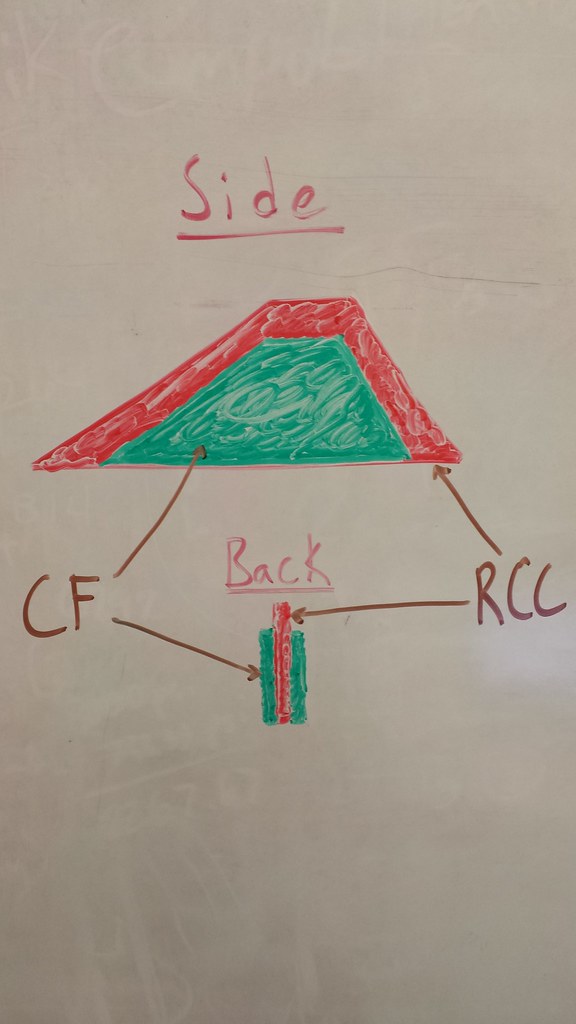Thanks for replying Jim. Your carbon fiber rockets are awesome.
The Cotronics 4525 datasheet is
here. It is stable at high temperatures with a room temperature curve which makes it easy to work with. If you add silica microspheres to the resin you can reduce the weight, thermal conductivity and make sanding easier.
The Apollo heat shield which has withstood the highest reentry heating of any spacecraft used
AVCOAT as the heat shield material, which is made with a specific brand and formulation of a phenolic epoxy resin.
"Avcoat 5026-39/HC-G is an epoxy novolac resin with special additives in a fiberglass honeycomb matrix. In fabrication, the empty honeycomb is bonded to the primary structure and the resin is gunned into each cell individually. ... The overall density of the material is 32 lb/ft3 (512 kg/m3). The char of the material is composed mainly of silica and carbon. It is necessary to know the amounts of each in the char because in the ablation analysis the silica is considered to be inert, but the carbon is considered to enter into exothermic reactions with oxygen. ... At 2160O R (12000 K), 54 percent by weight of the virgin material has volatilized and 46 percent has remained as char. ... In the virgin material, 25 percent by weight is silica, and since the silica is considered to be inert the char-layer composition becomes 6.7 lb/ft3 (107.4 kg/m3) of carbon and 8 lb/ft3 (128.1 kg/m3) of silica."
In simple language, AVCOAT is simply a
epoxy Novolac resin with special additives (
Silica microspheres and phenolic microspheres) in a fiberglass (or
Nomex)
honeycomb matrix. The initial density is half that of water...... 4.4x less than graphite, 5.4 x less than aluminum, 8x less than titanium, and 16x less than steel. The hexagonal carbon functional groups pyrolize and carry away heat. The silica melts and wets the surface preventing carbon oxidation. The remain carbon char is an excellent high temperature radiator and provides radiative cooling. As the material pyrolizes, the density and thus the thermal conductivity drops and the char become a pretty good thermal insulator.
That's how ablative shields work.
Bob




